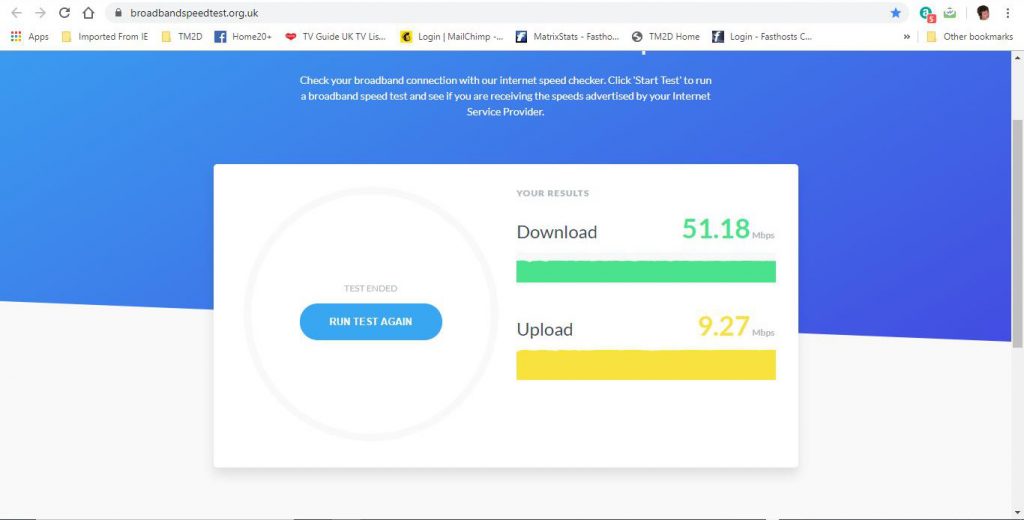Why does my broadband take so long to upload?
If you’re using home broadband over a copper wire telephone line, chances are that you’ll be cursing your broadband provider and muttering how useless your broadband upload speed is – suddenly it seems to slow down to a crawl whenever you try to upload anything . That’s because it does, relatively speaking.
The technology used to provide your broadband is ADSL – Asymmetric Digital Subscriber Line. (But if you have a DSL connection over fibre, lucky you – you get symmetric upload and download speeds). It is designed to have much faster download speeds than upload speeds – often 10:1 or 5:1. And why is this, you say?
Downloading and uploading
Most users will download far more than they upload – although you may think you never download or upload anything at all, every time you go on the internet and open a web page, behind the scenes you are uploading a small amount of data to request the page be opened, and then downloading a larger amount of data as that web page is ‘opened’ on your device. Meanwhile as you surf and go to different pages, or do searches, this uploading and downloading is constantly taking place.
Both the incoming data (downloads) and outgoing data (uploads) have to share the same physical telephone line, and to ensure there is no interference between the 2 signals they use different frequencies through the copper wires. Therefore the total bandwidth available has to be divided between them, and to get the best possible broadband download speed most providers divvy up at the expense of slower broadband upload speed.
So next time you think your broadband has gone on a go-slow, you know why!
If you want to check your connection speeds, there are many free broadband speed checkers available – often your ISP will provide their own. In the example below I used www.broadbandspeedtest.org.uk

Copyright © 2019 PC Fairy. All rights reserved

Sound familiar?
If you have a friend or relative that could benefit from a little extra help with all things online, check out our at home one-to-one tutorials

